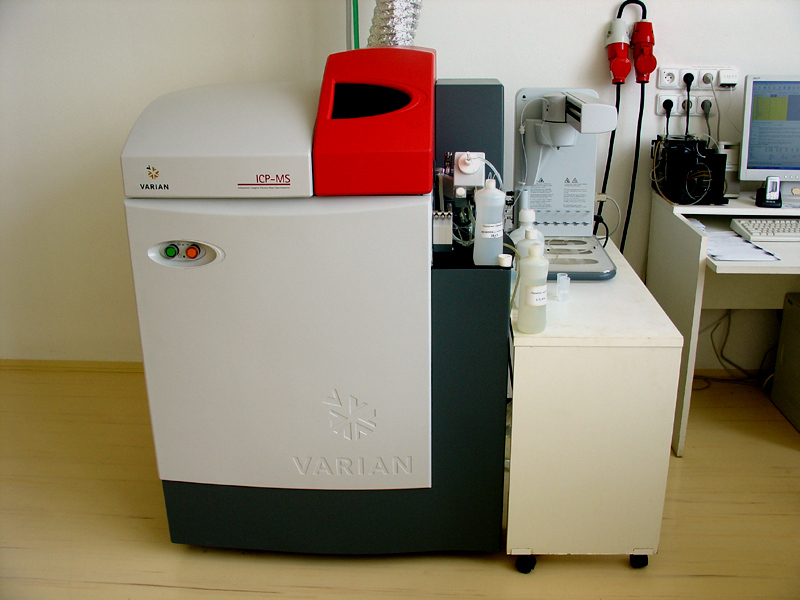I got a response from Peat. I asked a question about the Ca, Mg, Na, K, Cu, Se content which he ignored.
It's a difficult question to ask.
Is the nail considered a body part that approximates the mineral contents of the cells and the extracellular fluids?
Or is it considered as a receptacle for receiving the excretions of the body much like urine? On this matter, it would be interesting to get a 24 hr urine test for the minerals in urine to see if there is a correlation.
Normally, and by that I mean in a healthy body with good acid base balance, the mineral excretions in urine would be high when the body is on the alkaline side as these minerals would be the cationic pair to the anion bicarbonate when the kidneys want to relieve the body of excess alkalinity.

